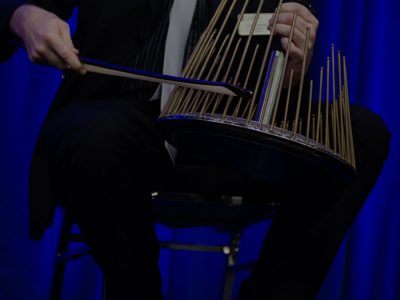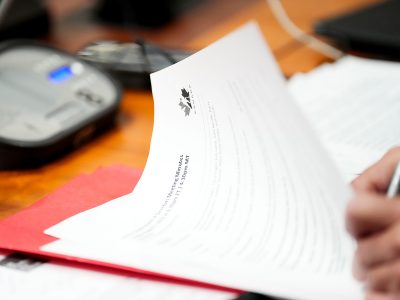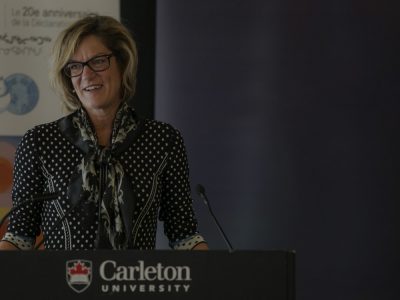Lead photo by Darryl Fonseka / iStock
By Semih Kaya and Jena Lynde-Smith
Sustainable food is a pressing global issue. By 2050, it is projected that we will need to produce 60 per cent more food to feed a world population of 9.3 billion. And this problem extends beyond Earth.
As space exploration efforts accelerate and the global space race reaches new heights, NASA is grappling with providing astronauts with nutritious, easy-to-grow food in an environment devoid of gravity.
Team Insecta, a student research team in Carleton University’s Department of Biology, is exploring the suitability of crickets as a food source in space.
On July 22, the students will embark on the Canadian Reduced Gravity Experiment (CAN-RGX) — flying themselves and 160 crickets to pseudo space in a micro-gravity stimulated jet. Their goal: determine whether the insects could fare outside the Earth’s atmosphere.
“It will feel like we in an orbiting spacecraft,” explains Hunter Brzezinski, a fourth-year student on the team. “The simulation will allow us to assess how the crickets respond to a micro-gravity situation and make conclusions about how they will fare in space.”

Crickets as a Sustainable Food Source
Brzezinski is one of six biology students on Team Insecta. The team members are guided by professors Heath MacMillan and Sue Bertram, and have been mentored by Matt Muzzatti, a PhD graduate post-doctoral fellow who is optimizing the diet of farmed crickets to enhance their nutritional value.
Together, they work with industry partners to study behavioural ecology, environmental stressors, and insect physiology. In this project, they are working to fill the research gap on the effect of microgravity on insects.
“Crickets’ low-resource requirements make them excellent candidates for spacefaring,” says Brzezinski.
Insects have a higher protein to weight ratio than traditional livestock such as cows and pigs, which require more food and living space.
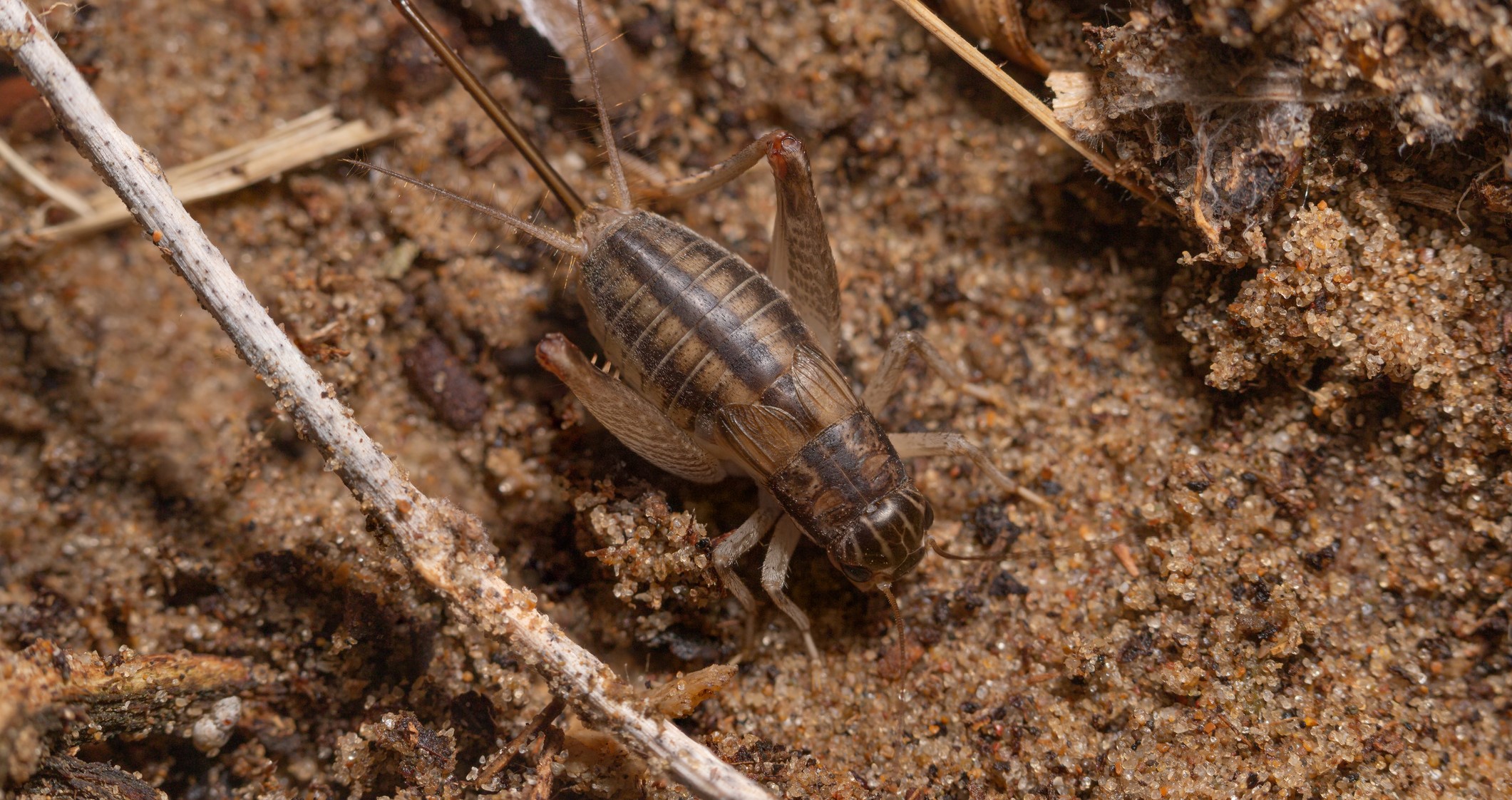
The average house cricket (acheta domesticus) is 16 to 21 mm long and weighs 0.5 to 0.8 grams (photo by Maria Vasilieva / iStock)
“That’s what makes insects as a mini livestock a lot more attractive,” says Sophie Kasdorf, a PhD candidate and Insecta team member.
Despite their size, crickets have a high nutritional value and are a great source of protein – an attractive alternative to pre-packaged and frozen foods typically eaten by space crews.
“Crickets are a great protein substitute,” explains Emily McColville, another PhD student on Team Insecta.
“But they wouldn’t be the main source of the diet, they would just supplement diets that contain other kind of essential compounds that humans also need.”
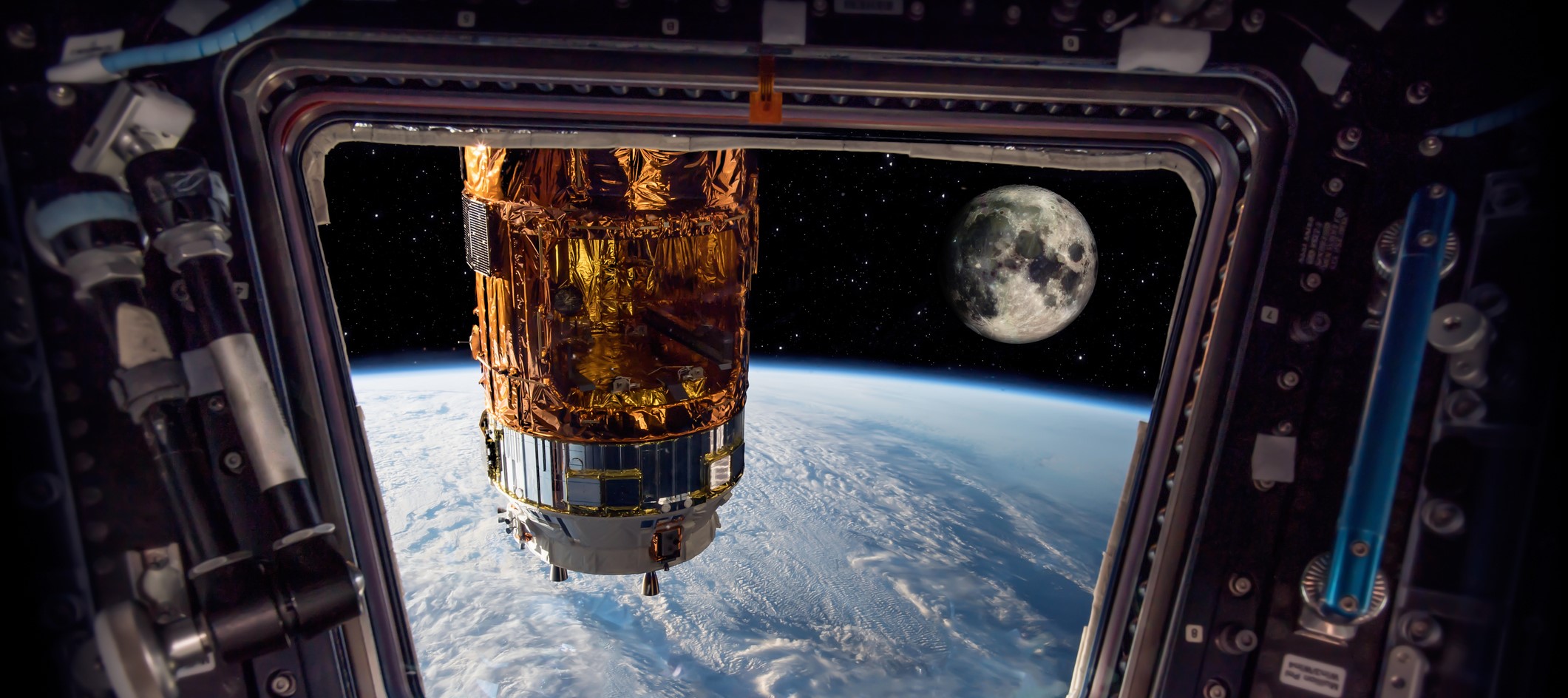
Flying to Pseudo-Space
As the only microgravity competition in Canada, CAN RGX partners with the Canadian Space Agency (CSA), National Research Council (NRC), and Students for the Exploration and Development of Space (SEDS).
The competition provides students with the opportunity to design and test a scientific experiment on board the NRC Falcon 20, which simulates microgravity conditions by flying in consecutive parabolic waves. Team Insecta submitted their winning application earlier this year, becoming the only biology team to participate in the pioneering space simulation this round.
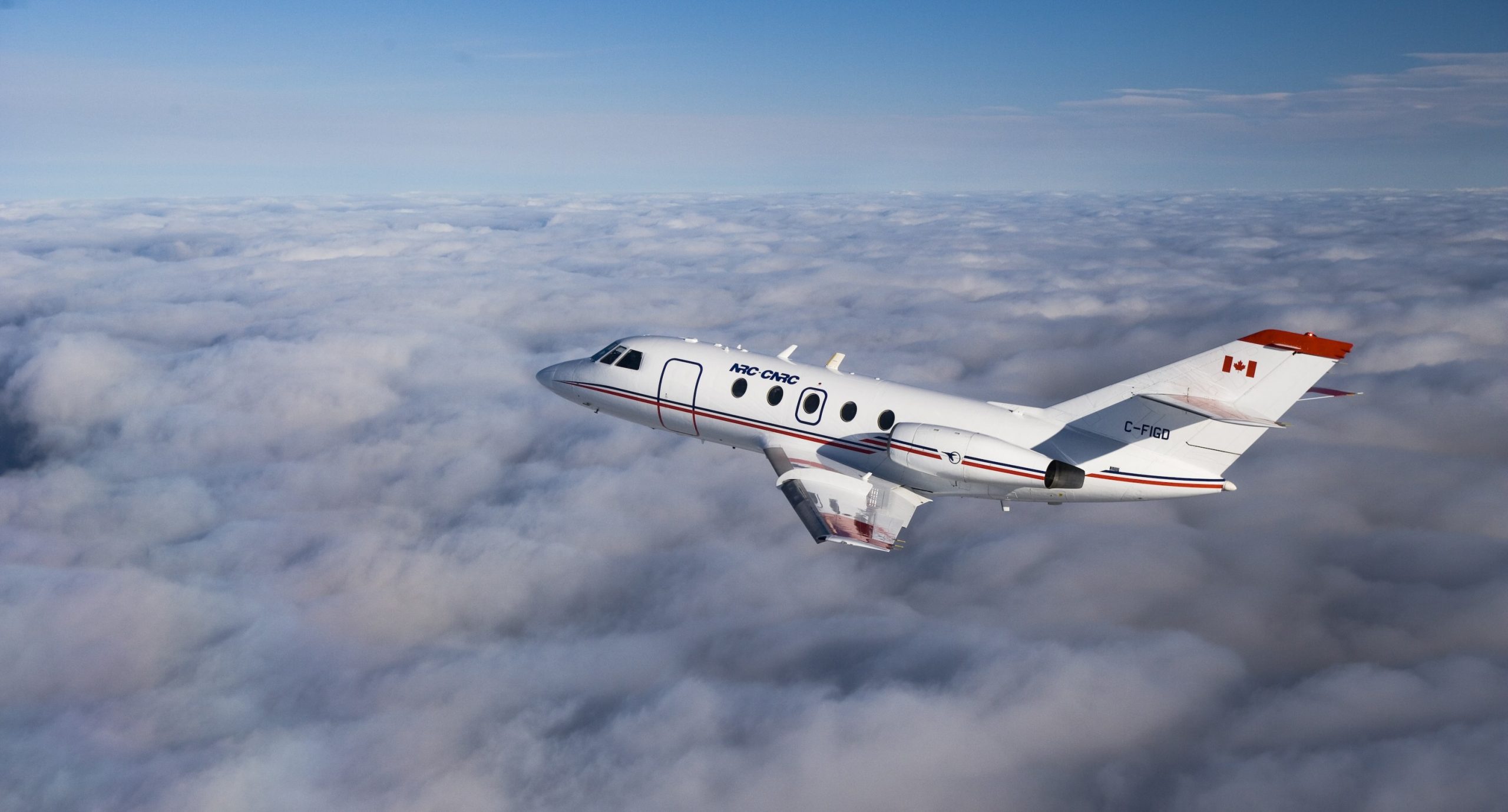
The NRC Falcon 20 stimulates microgravity conditions by flying in consecutive parabolic waves
“Early space exploration was dominated by fields such as engineering and physics as it aimed to take humans into space,” Kasdorf says.
“But in this era of attempts to establish small colonies in space, fields such as biology are starting to get involved.”
Team Insecta will board the NRC Falcon 20 in late-July, where they will experience microgravity and hyper-gravity conditions over the course of a two-hour flight campaign. Their cricket co-pilots will be secured in temperature-regulated case.
“The simulation will mimic what spaceflight is like in different scenarios, allowing us to run a number of experiments,” says Cassandra Stabile, a fourth-year biology student on the team.
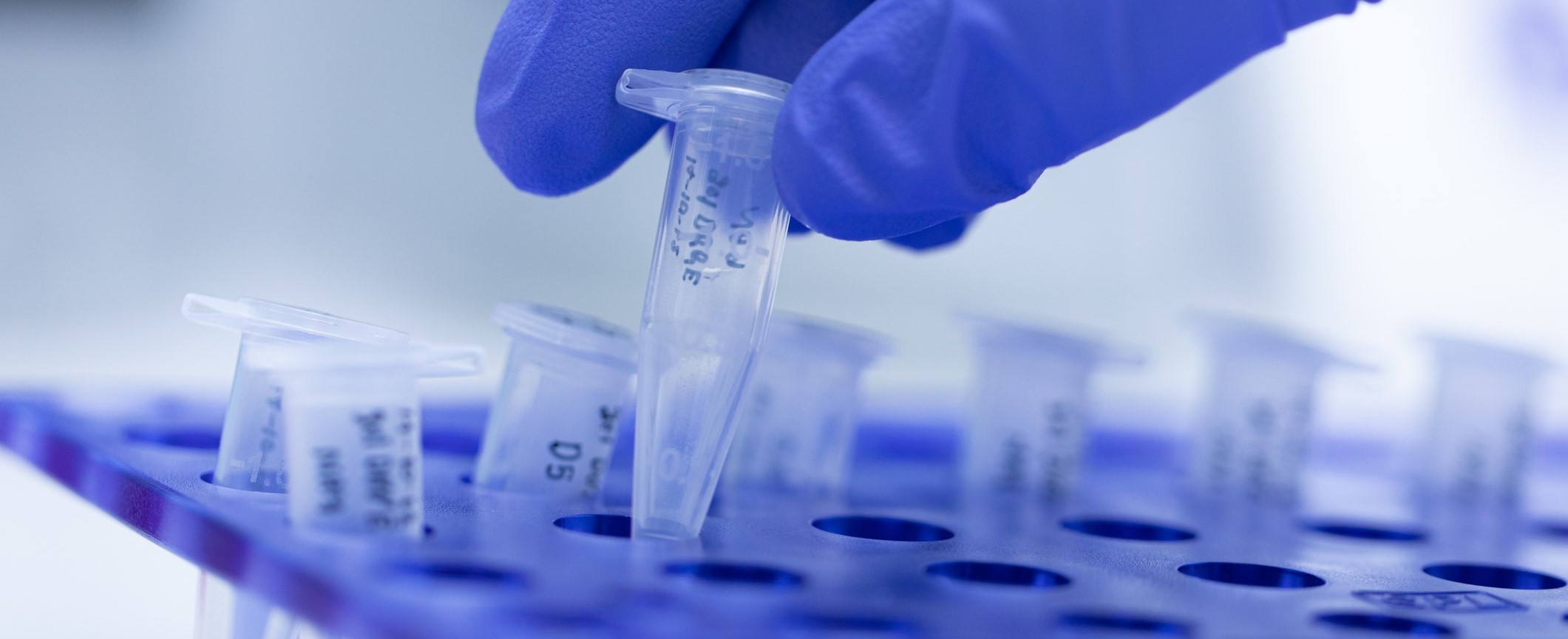
Cricket Biology
During the months that follow the flight campaign, Team Insecta will observe and measure how the crickets respond to the exposure. They will be looking at immune response, viral loads and performance traits.
“We are looking at how space flight is going to affect the immune system,” explains McColville. “It is kind of like when you are stressed and you get a cold sore on your lip. Stress can affect how well an insect is able to resist diseases or resist viruses.”
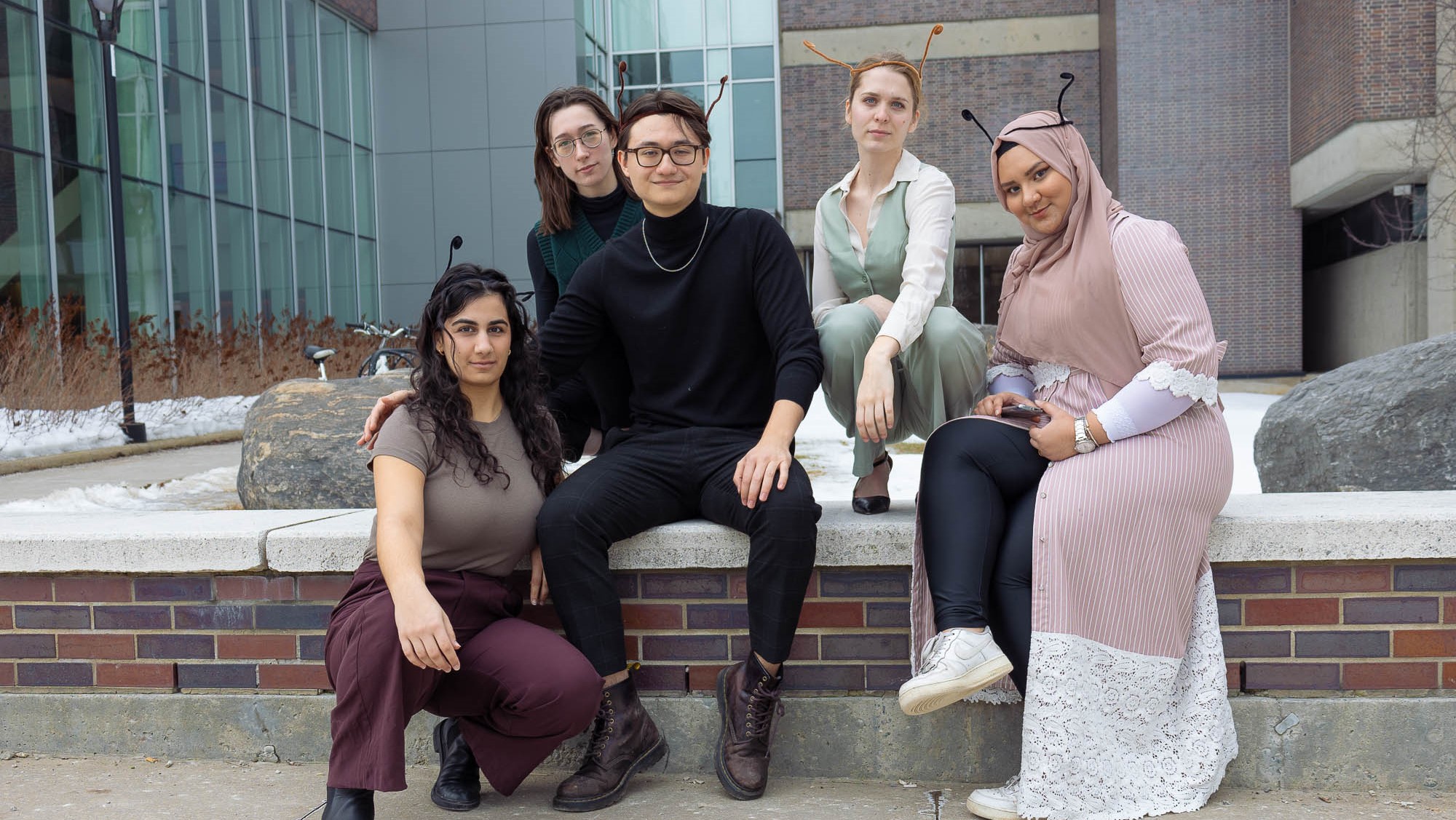
Five members of Team Insecta: Hunter Brzezinski, Sophie Kasdorf, Emily McColville, Cassandra Stabile and Samrina Yousuf
The team will also assess gene expression and phenotypic effects of crickets after spaceflight, observing how it affects their growth and development.
“The idea of gene expression is almost like, if you think of your DNA as a library, and every single gene is like a book. Depending on what you want to do, you are going to read a different book,” McColville says.
Team Insecta’s CAN RGX experiment is groundbreaking. It could not only change the future of space exploration and colonization, but the results will also help inform future research on sustainable food sources.
They attribute this opportunity to Carleton’s biology department and the support of their supervisors. Collectively, the students have found the opportunity to collaborate with industry partners like the CSA and NRC to be invaluable.
“That alone has been a huge step in terms of personal development, allowing us to figure out what questions we can ask to these space experts along the way,” says Brzezinski.
“We are extremely grateful and excited to be part of this work.”
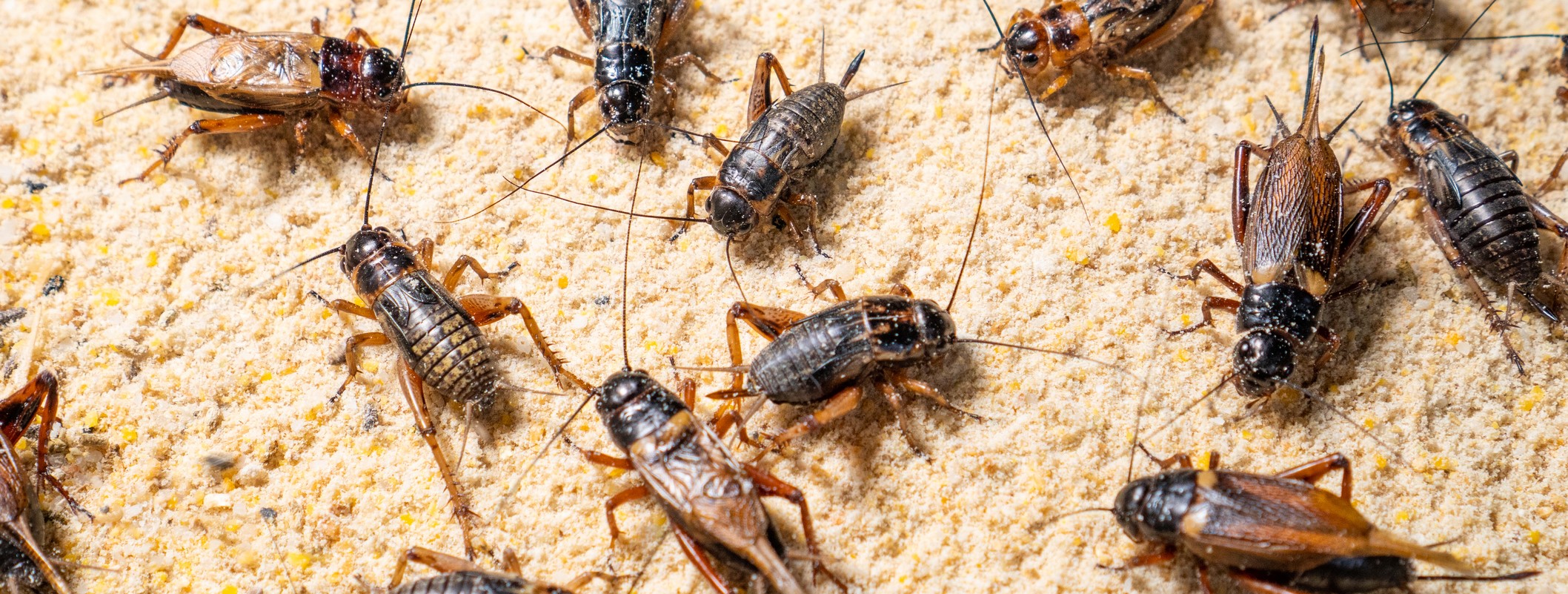
Full width photos from iStock
Wednesday, May 22, 2024 in Biology, Environment and Sustainability, Science
Share: Twitter, Facebook
